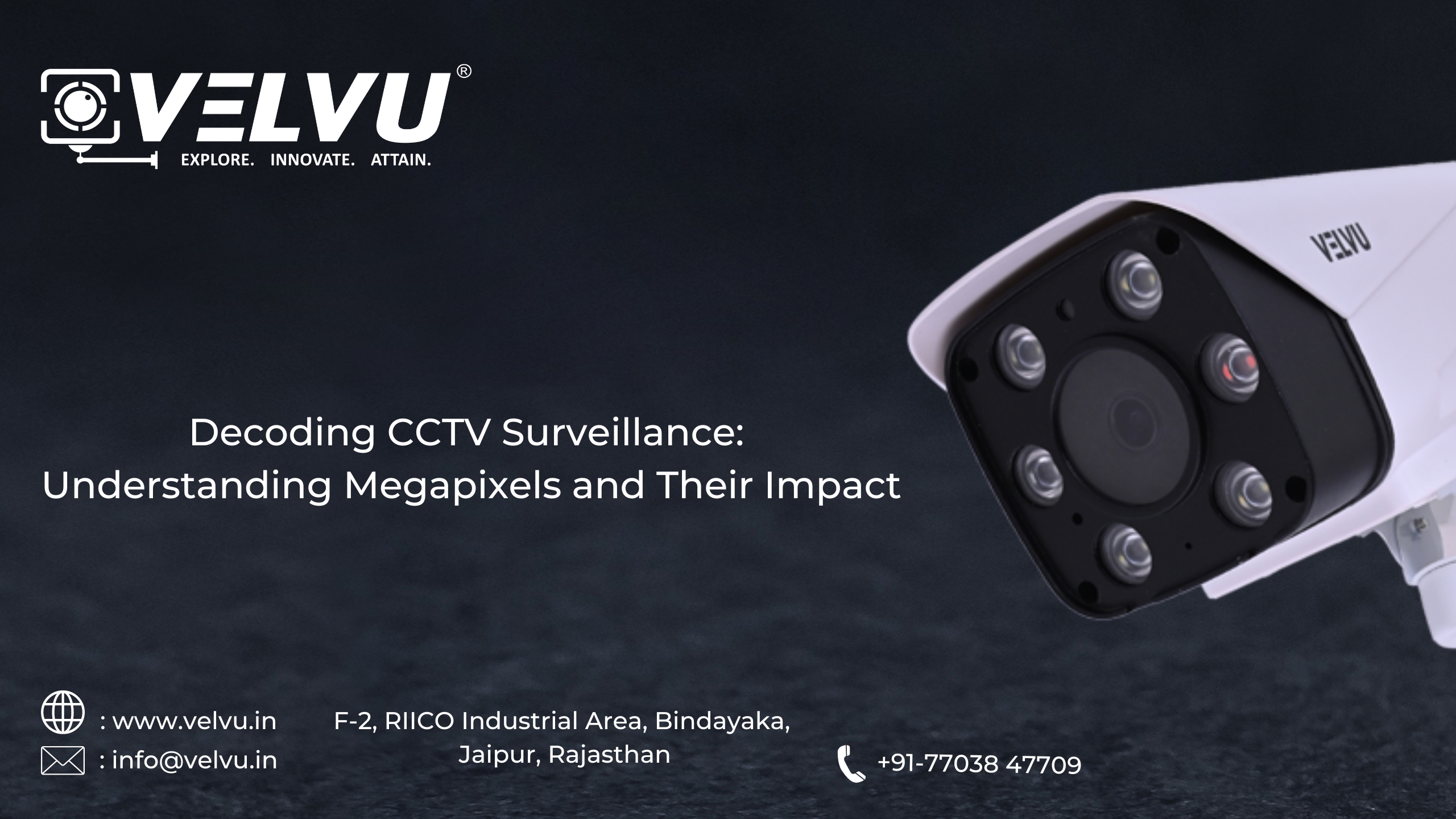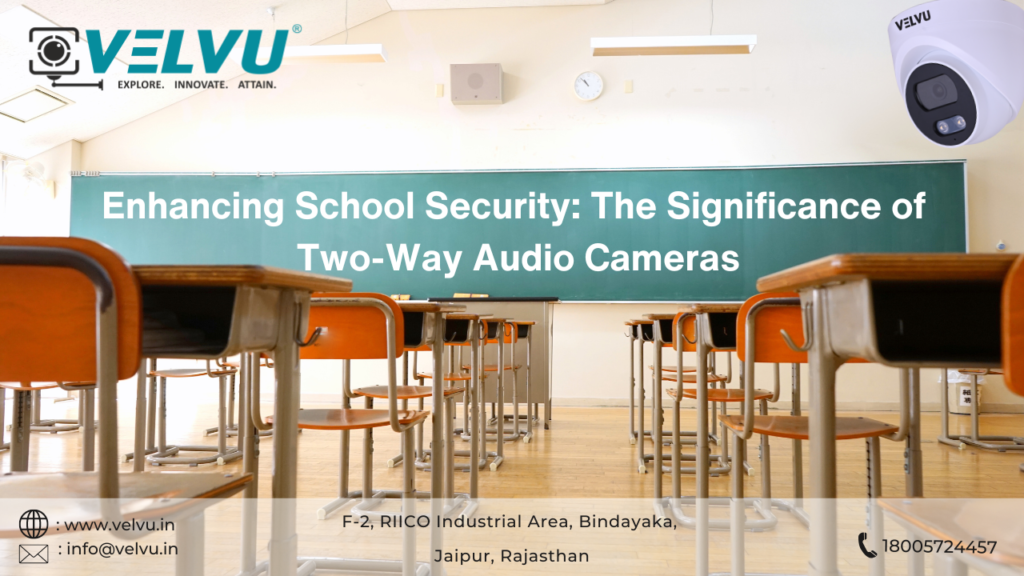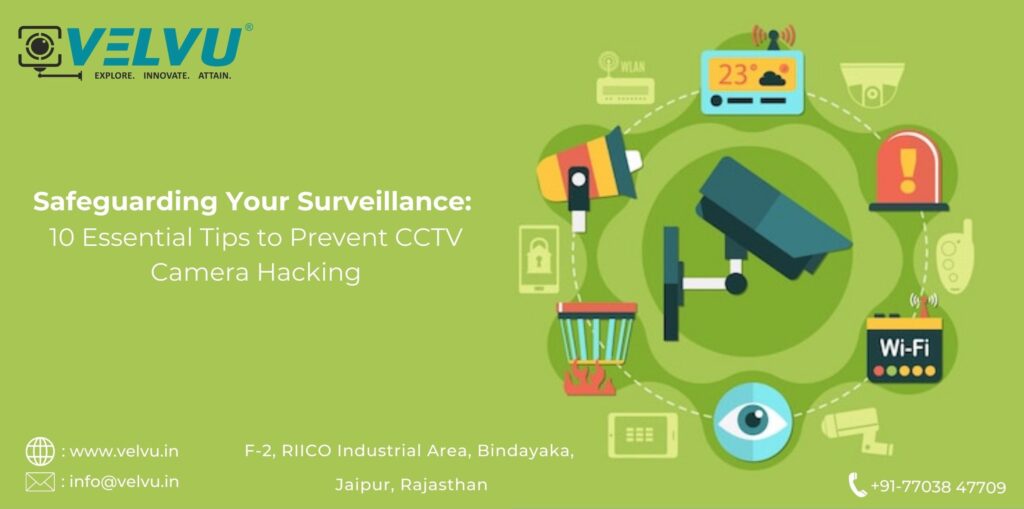Introduction:
In the world of security surveillance, the term “megapixels” is often thrown around, leaving many homeowners and business owners puzzled. While choosing the right CCTV camera for your needs, it’s essential to understand why CCTV surveillance cameras come with different megapixels. In this blog, we’ll delve into the concept of megapixels and explore how they affect the overall performance and effectiveness of CCTV cameras.
What are Megapixels in CCTV Cameras?
Megapixels refer to the resolution of an image captured by a camera. One megapixel equals one million pixels, and the higher the megapixel count, the more detailed and clearer the images will be. In the context of CCTV cameras, megapixels determine the level of detail a camera can capture and subsequently display on a monitor or recording device.
Why do CCTV Surveillance Megapixels Differ?
Image Quality: The primary reason for varying megapixel counts in CCTV cameras is to achieve different levels of image quality. A higher megapixel count results in sharper and more detailed images, making it easier to identify faces, license plates, or other crucial details in the footage. Cameras with lower megapixel counts may produce images with reduced clarity, which can impact the accuracy of video analysis.
Field of View: Megapixels are affected by the field of view (FOV) of a CCTV camera. A narrower FOV results in sharper quality for the same megapixel cameras compared to a wider FOV. So, when you need to focus on specific areas and capture more details, a narrower FOV camera with a lower megapixel serves the same purpose as a higher megapixel camera with a wider FOV.
Storage Space: Megapixels have a direct impact on the amount of storage space required for video recordings. Higher megapixel cameras produce larger file sizes, demanding more storage space on NVRs (Network Video Recorders) or cloud storage. This consideration is crucial when planning the storage capacity for long-term video retention.
Cost and Budget: As with any technology, higher resolution often comes with a higher price tag. CCTV cameras with higher megapixel counts tend to be more expensive than lower-resolution alternatives. Therefore, budget constraints may influence the choice of camera resolution.
Finding the Right Balance:
While higher megapixel cameras offer superior image quality, they might not always be the best fit for every surveillance scenario. Choosing the right megapixel count involves finding the perfect balance between image clarity, field of view, storage requirements, and budget limitations.
Conclusion:
Understanding why CCTV surveillance cameras come with different megapixel counts empowers you to make an informed decision while selecting the right camera for your security needs. Consider the specific requirements of your surveillance area, the level of detail needed, and the available budget to ensure optimal performance and protection for your property. Remember, a well-chosen CCTV camera can significantly enhance your security and provide invaluable peace of mind.









